
Problem
Research
Solution
Results
Advertorial

Problem
Research
Solution
Results
Advertorial

Problem
Research
Solution
Results
Advertorial
Balance > Foot > Foot Pain > Neuropathy
Mon. June. 2nd, 2025 | 2:47 pm EST - 847,293
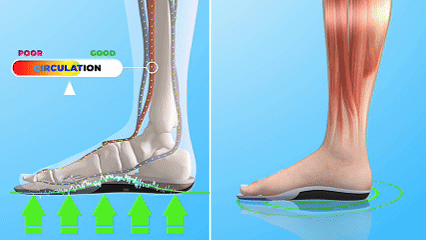
Living with neuropathy can mean constant foot pain, numbness, and loss of balance that make even simple movements challenging. But what if relief didn’t come from medication but from gentle, precisely tuned vibrations beneath your feet?
Emerging research suggests that targeted vibration therapy may help reawaken nerve communication, restoring sensation, improving balance, and reducing foot pain and neuropathic discomfort. In this guide, we’ll explore how this innovative approach works, what science says about its benefits, and how it’s being brought into everyday life through modern wearable technology.
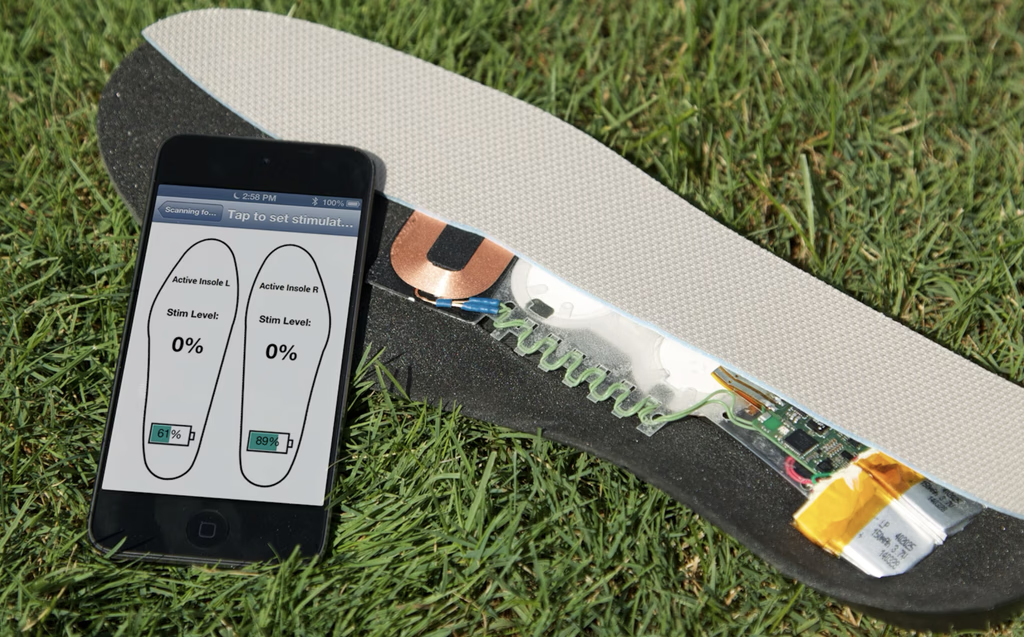
Peripheral neuropathy affects millions worldwide particularly older adults and those with diabetes. It occurs when nerve fibers in the feet and legs become damaged, disrupting communication between the body and the brain.
Traditional treatments like creams, supplements, or prescription drugs often provide temporary symptom relief but fail to address the underlying issue: the loss of clear nerve signaling that controls balance, touch, and coordination.
Recent advances in neuroscience have identified a key underlying factor called Neuropathic Signal Disruption a breakdown in the sensory feedback loop between the feet and the brain.
When nerve signals become “noisy” or inconsistent, the brain struggles to interpret them accurately, leading to tingling, burning, numbness, and instability.
Researchers at the Wyss Institute at Harvard University conducted a groundbreaking randomized cross-over study on adults with diabetic peripheral neuropathy.
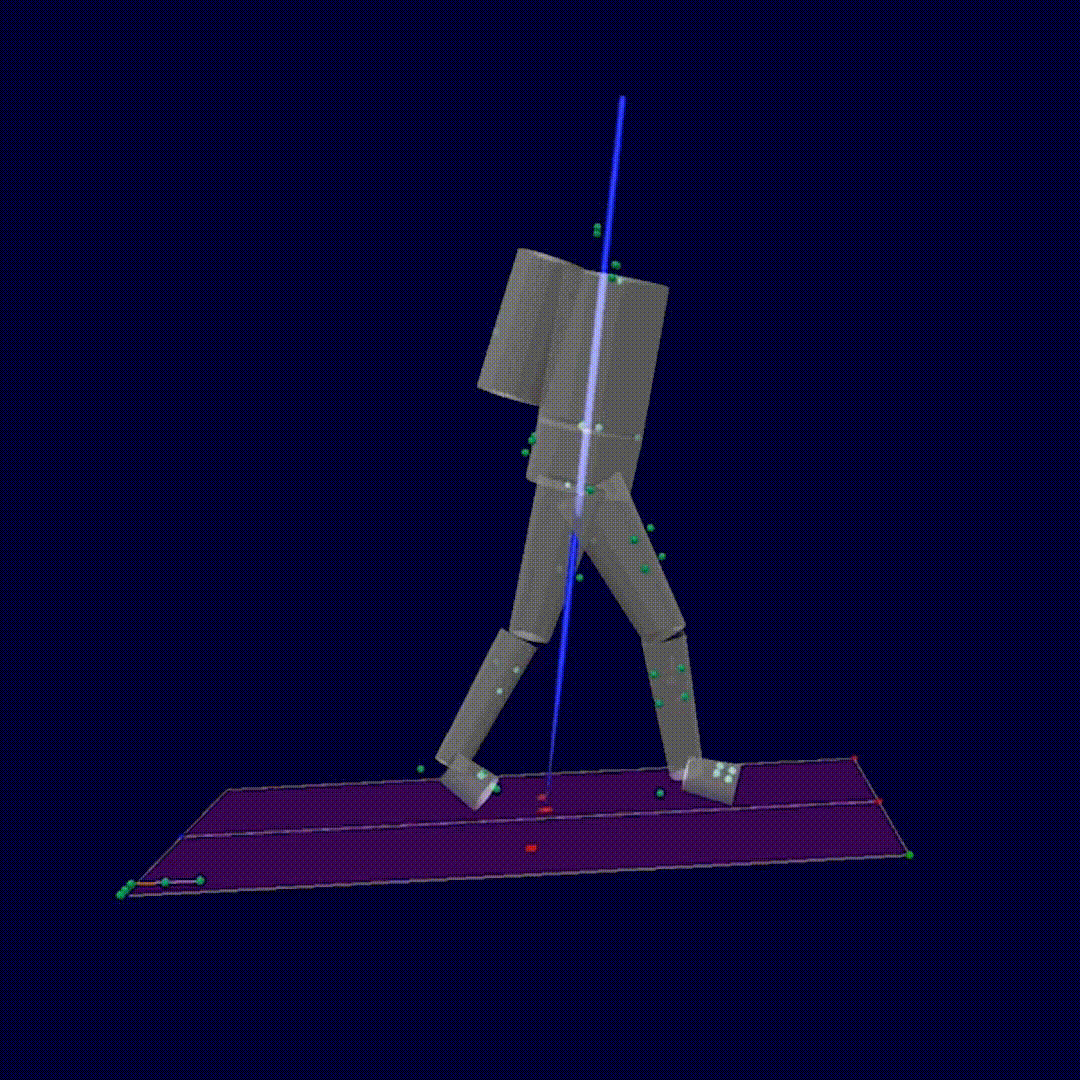
Credit: Wyss Harvard Institute’s
Participants used vibrating insoles that delivered gentle micro-pulses to the soles of the feet.
Results showed that gentle vibrations based on a principle known as stochastic resonance improved balance by reducing body sway and enhanced muscle activation for better movement control.
Additional research published in Medicine & Science in Sports & Exercise confirmed these benefits in healthy individuals as well. Recreational athletes wearing vibrating insoles showed enhanced gait stability, improved agility under fatigue, and greater overall movement control.
Collectively, these findings reveal how targeted micro-vibrations can amplify weak nerve signals and restore the sensory feedback loop that supports balance and mobility.
These discoveries have led to the development of wearable vibration therapy technologies most notably, smart insoles designed to deliver clinically inspired micro-vibrations directly to the soles of the feet.

Designed for everyday use, these advanced insoles aim to make the same therapeutic principles available outside clinical settings.
By gently stimulating the nerves responsible for touch and balance, these devices help restore more accurate communication between the feet and brain a process shown in research to improve mobility, pain and reduce discomfort over time.
For many, this represents a non-invasive, drug-free way to support nerve health and stability from the ground up.
Related searches
For individuals living with neuropathy, targeted vibration therapy may offer:
That means clearer signals to the brain.
That means steadier balance.
That means walking and standing with greater independence.
Vibration therapy is generally considered safe and well tolerated.
Some individuals may feel mild tingling or temporary adjustment sensations as nerves respond to stimulation.
Those with pacemakers, severe circulation issues, or other medical concerns should consult their healthcare provider before beginning any vibration-based therapy.
When pain or numbness affects your feet, it’s natural to look for relief that’s both effective and grounded in science.
In recent years, a growing number of wearable devices have begun applying the same vibration principles validated in laboratory studies, bringing research-inspired therapy into people’s daily routines.
Among these innovations, a few have gained notable attention for their combination of customer satisfaction, reliability, and thoughtful engineering.
While individual results vary, many users report improvements in balance, reduced discomfort, and a renewed sense of stability in their steps.
These devices don’t claim to cure neuropathy, but they do represent a promising shift — from masking symptoms to supporting nerve communication naturally and non-invasively.
As the field of vibration-based therapy continues to evolve, at-home solutions like these may play an increasingly important role in how we manage nerve health and mobility in the years ahead.
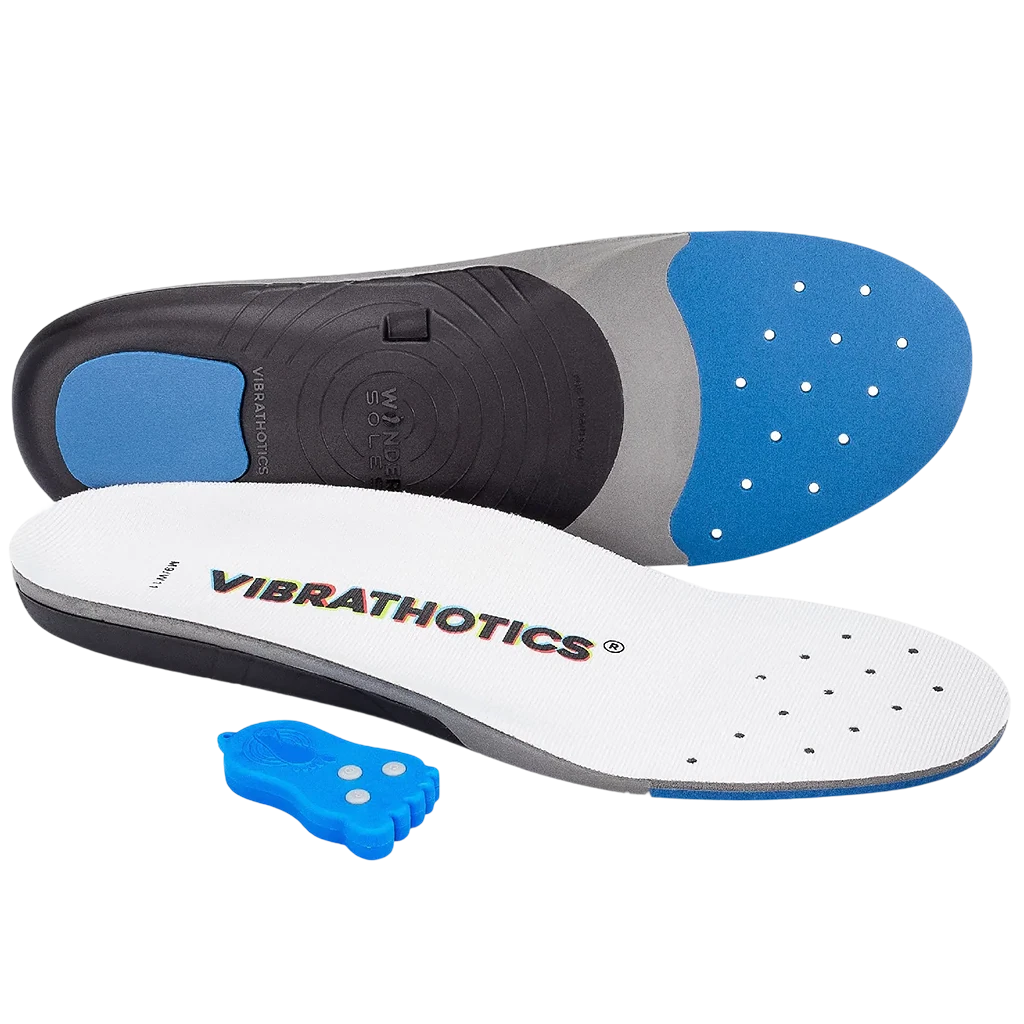

Shop with Confidence
100% Secured Shopping

Based on 592 ratings
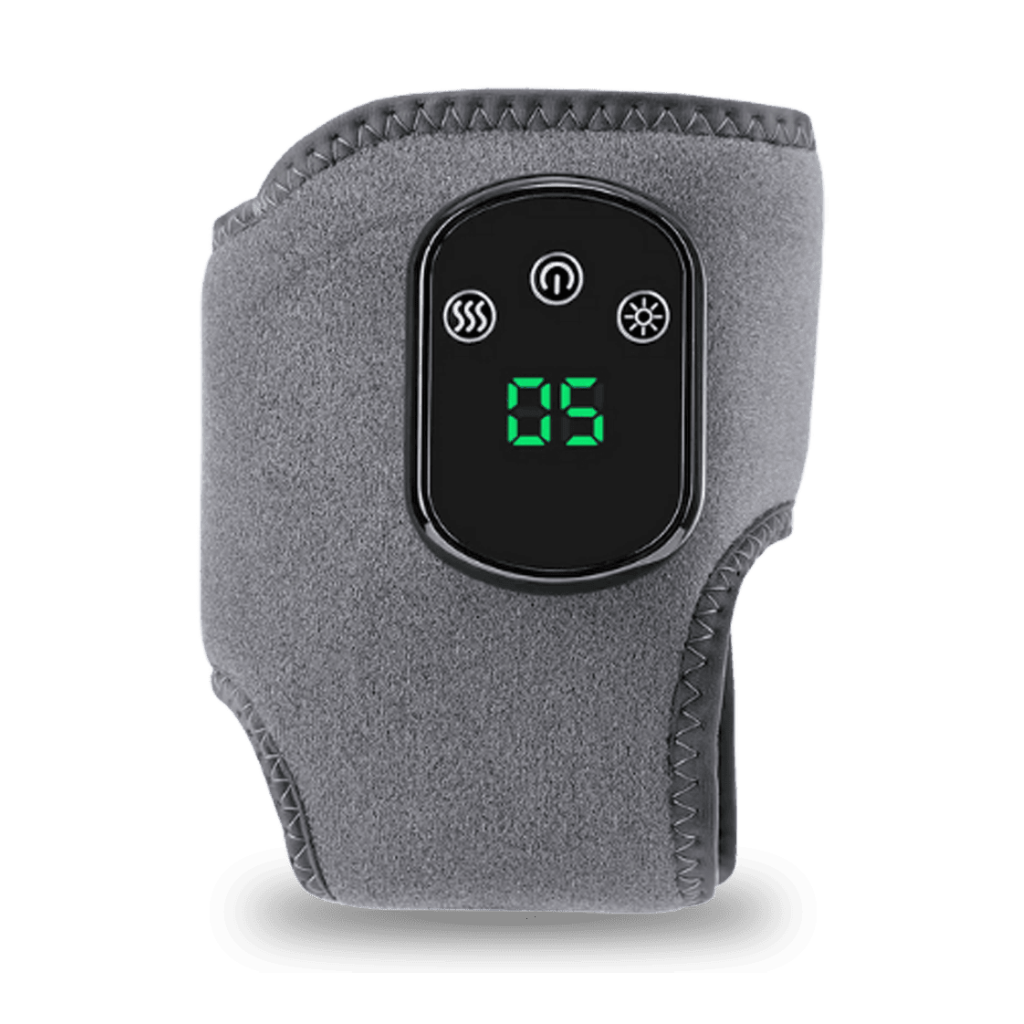

Shop with Confidence
100% Secured Shopping

Based on 592 ratings

This Harvard-Inspired Discovery Could Help Millions Walk Comfortably Again
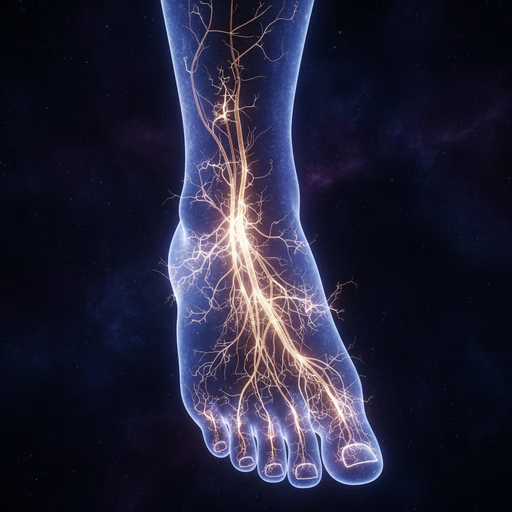
The New Way Scientists Are Helping Nerves “Wake Up”
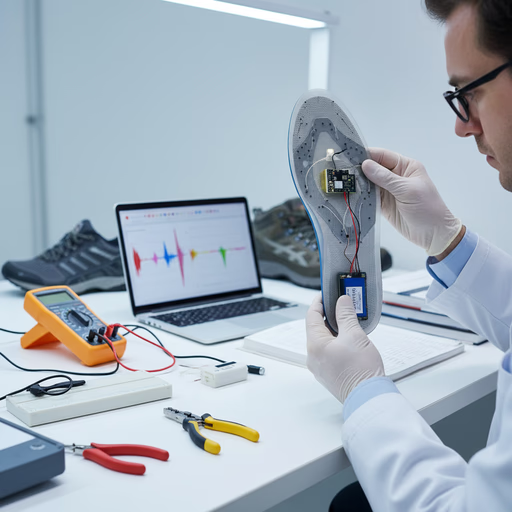
How Micro-Vibrations Could Be the Missing Piece in Neuropathy Recovery
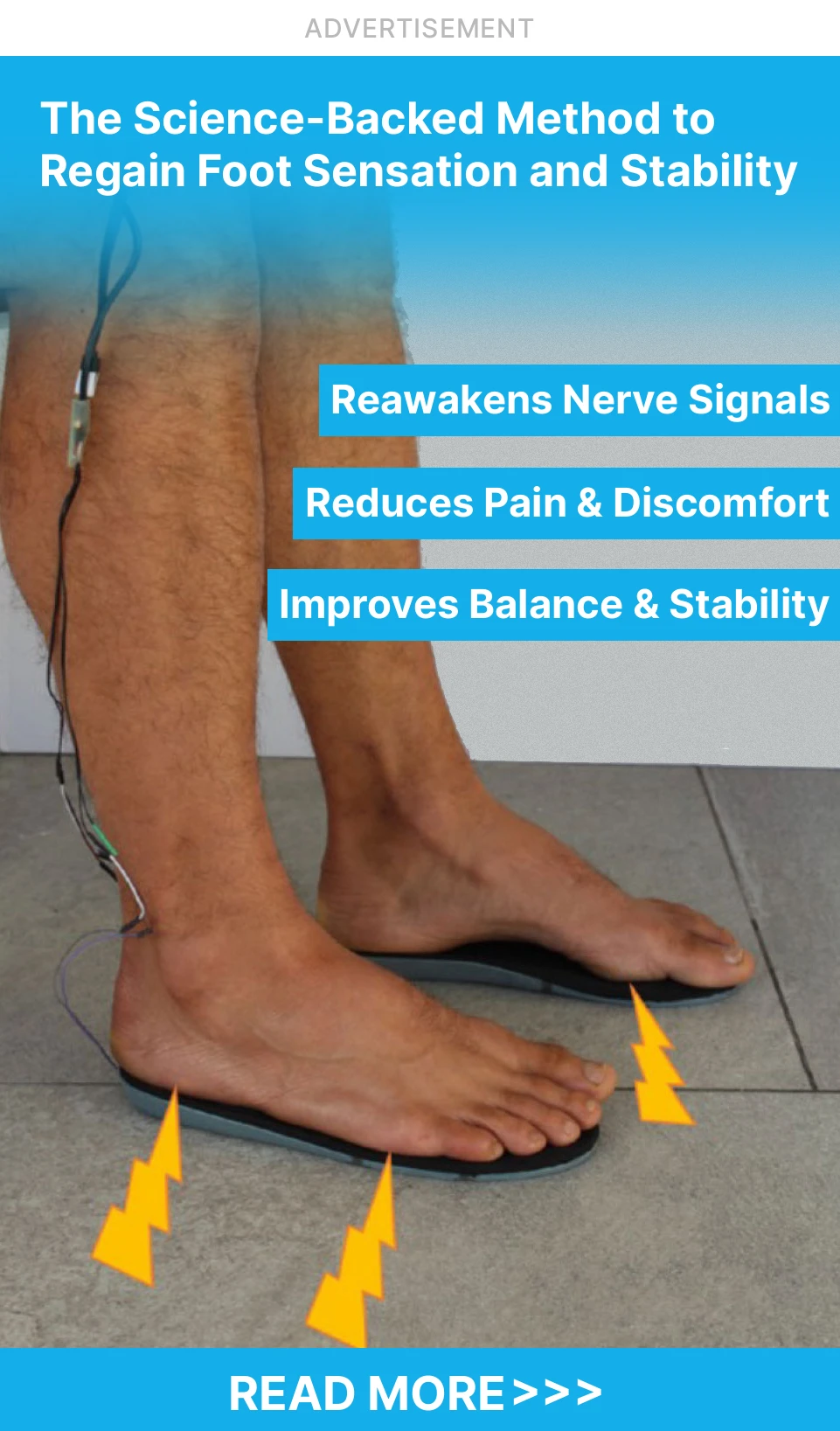

Find the Best Deals on Vibrathotics Insoles in the United States Today
THIS IS AN ADVERTORIAL AND NOT AN ACTUAL ARTICLE, BLOG, OR CONSUMER PROTECTION UPDATE.
DISCLAIMER
This website is for informational and educational purposes only and is not intended to provide medical advice or replace professional diagnosis, treatment, or care from a qualified healthcare provider. Always consult your physician or another qualified health professional regarding any medical concerns or before using any product discussed on this site. The author and publisher of this website are not responsible or liable for any misunderstanding, misuse, injury, or loss that may occur from the application of any information or products mentioned herein. The statements made on this website have not been evaluated by the U.S. Food and Drug Administration (FDA). Products featured or discussed are not intended to diagnose, treat, cure, or prevent any disease. This website may contain affiliate links, meaning we may earn a commission if you purchase through them — at no additional cost to you. Any trademarks referenced on this site are the property of their respective owners. We strive to keep information accurate and up to date; however, rules, regulations, and product details may change without notice. We cannot be held responsible for any inaccuracies or outdated information. Thank you for visiting and supporting our work.